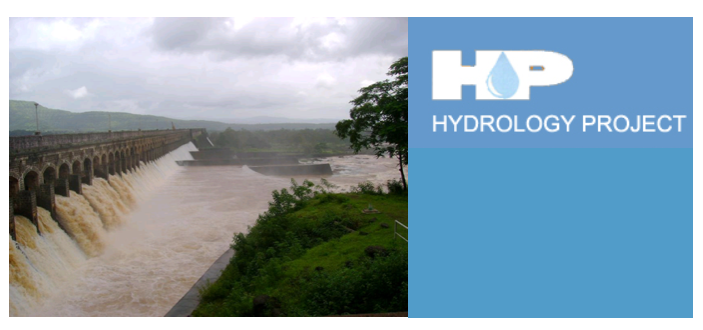World Bank Approves Funding for India's National Hydrology Project
Published on by Water Network Research, Official research team of The Water Network in Government
The World Bank has approved $175 million for India's National Hydrology Project which will strengthen the capacity of existing institutions to assess the water situation and equip them with real-time flood forecast.
 Apart from helping states that have already benefited from the earlier projects to further upgrade and complete their monitoring networks, the national project will also help new states to better manage water flows from the reservoirs.
Apart from helping states that have already benefited from the earlier projects to further upgrade and complete their monitoring networks, the national project will also help new states to better manage water flows from the reservoirs.
The move will help in reducing the vulnerability of many regions to recurring floods and droughts as absence of real-time ground information for the entire country creates difficulties in issuing alerts on time. The entire project, worth over Rs 3679 crore, will be implemented by 2023-24. The World Bank will provide financial assistance for nearly 50% of its total cost.
The National Hydrology Project, approved by the World Bank Board on Wednesday, will build on the success of India's earlier projects - Hydrology Project-I and Hydrology Project-II - which had led to real-time flood forecast systems integrated with weather forecast in two large river systems (Krishna in South India and Satluj-Beas in north-west India) to give reservoir managers an accurate picture of the water situation in their region.
This national project will now scale up the successes achieved under HP-I and HP-II to cover the entire country, including the states of Ganga, and Brahmaputra-Barak basins.
"In the context of climate change, advanced flood management and enhanced river basin planning are essential for building livelihoods and sustaining economic growth. This project has the potential to help communities to plan in advance to build resilience against possible uncertainties of climate change," said Junaid Ahmad, World Bank's country director in India.
The Project is meant to help the states monitor all the important aspects of the hydro-meteorological cycle and adopt the procedures laid out in the earlier projects. It includes measures like how much rain or snow has fallen right in the catchments of rivers, how rapidly the snow will melt, the speed with which the water is flowing, how much silt has built up, how much water will reach the reservoir, and how soon it will do so.
According to the Union water resources ministry, the Project is aimed at improving the extent, quality, and accessibility of water resources information, decision support system for floods and basin level resource assessment/planning and to strengthen the capacity of targeted water resources professionals and management institutions in India.
Read more at: The Economic Times
Media
Taxonomy
- Resource Management
- Water Quality
- Hydrology
- Hydrodynamics & Water Quality
- Water Monitoring
- River Engineering
- River Restoration
- Water Supply
- Infrastructure
- Dams
- Reservoir
- Storm Water Management
- Hydrology
- Geo-hydrology
- India
2 Comments
-
Innovative technology to prevent evaporation from open water reservoirs; large ponds and similar structures , improve quality of water to promote growth of fish, reduce / inhibit growth of algae and other harmful weeds, For Details contact jpattam1@gmail.com
-
Zero carbon, low cost, no chemicals, no filters, no hypersalinity desalination details from rosjonesenvedu@hotmail.com